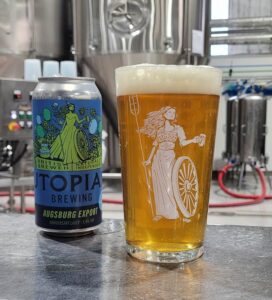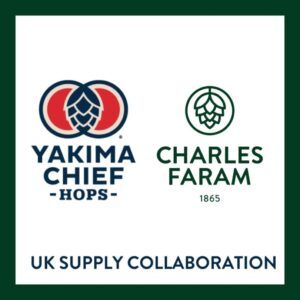Green cone-shaped flowers, or “inflorescence,” of the Humulus lupulus plant. Sierra Nevada call hops a climbing perennial with a distinct jackpot for craft brewers. And here, Barth Haas and Charles Faram enlighten us to the latest movement in this sector.
“At Barth Haas we are in the process of collecting data for 2022, but we reckon there was further recovery in the beer market with an increase in output of some 1-2% vs. 2021,” explains Thomas Raiser, the company’s sales and marketing director.
He adds: “It seems that mid-tier economy brands are having a bit of a comeback in the current inflationary environment while premium brands continue to do well. We are also seeing a continued trend towards low and non-alcoholic beers in many mature markets. High ABV craft style beers seem to struggle a bit and have reached a plateau.
“Looking at crop performance and outlook, there is no significant update at this point. The 2022 hop crop was one of the worst in terms of yield per hectare as well as alpha acid content compared to the long-term average.
“We have to go back to 2003 to find comparably poor yields. The hop and brewing industry in managing the situation with the help of inventories from the 2021 crop, which was above average.
“As far as crop 2023 is concerned, growers will have to make up their minds by March to decide how many hectares they will be stringing. We expect only minor correction in Europe but more significant adjustments in the US. Final numbers on hectares strung will be available in June 2023.”
Paul Corbett, managing director at Charles Faram
“Business is steady; slightly up on last year but below the pre-pandemic figures. Overall we are cautiously optimistic.
“When it comes to demand, we have seen an increase in brewers looking for locally grown hops and in particular the more fruity characteristics of our new varieties. So much so we will be planting more this year which is very pleasing.
“We think that brewers are looking for more environmentally friendly hops and as long as they can replicate the flavours from new world hops they are very happy to consider the local option. Let’s face it, this has to make sense!
“On crop outlook, there is a big overproduction anticipated in the US this year unless acreage is reduced. It is estimated that 10,000 acres need to come out. We are not sure how growers will respond but over the next few years we expect acreage to reduce significantly.









